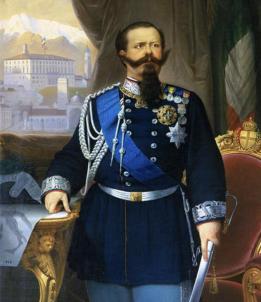
The role of Victor Emmanuel II of Savoy in the process that led to the Unification and Independence of Italy
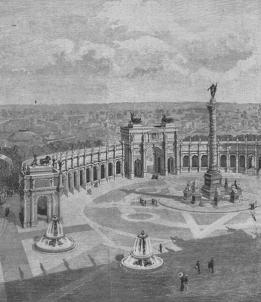
The Vittoriano was created according to the wishes of the Italian government. In the aftermath of the death of Victor Emmanuel II, in 1878, the prime minister decided to build a monument in Rome to celebrate the king and, through the king, the process of the Risorgimento.
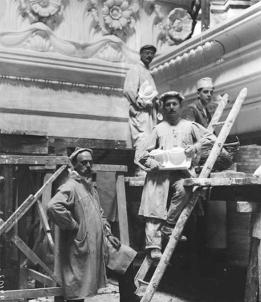
Giuseppe Sacconi was still quite young when he designed the Vittoriano, which clearly reflects the artistic merit and quality of this great artist.
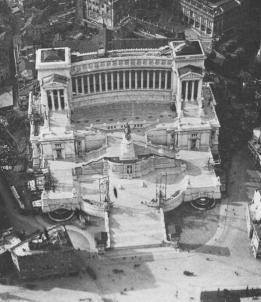
Victor Emmanuel III, the grandson of Victor Emmanuel II, put significant pressure on the building works of the Vittoriano to speed things up, so that it could be inaugurated in 1911, for the fiftieth anniversary of the Unification of Italy.
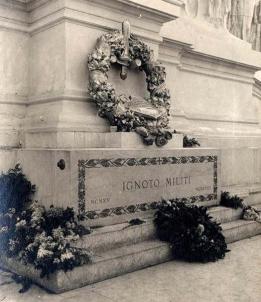
With the burial of the Unknown Soldier in the Altar of the Fatherland, in honour of the fallen from the First World War, the Vittoriano also acquired the fuction of a shrine.
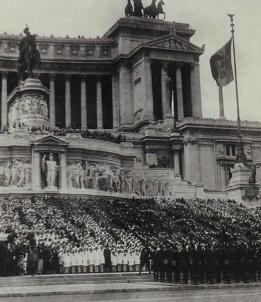
A stage for the regime, its rites and its protagonists, during the final war years, the Vittoriano protected the civil population of Rome in its basement
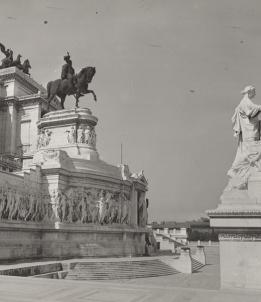
After the war, many identified the Vittoriano only and exclusively with the fascist regime and its imperialist rhetoric. Distorted and critically flattened, the Monument suffered harsh criticism, closure to the public and a sentence during a trial for “aesthetic offence”
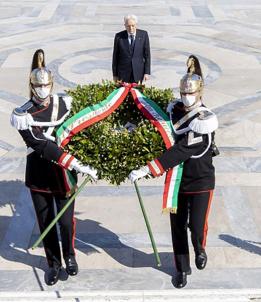
Preceded by the vision of film director Peter Greenaway, by studies and restoration works, the election of Carlo Azeglio Ciampi as President of the Republic marks the moment of critical and popular revival for the Vittoriano: in 2019 it became one of the most visited in Italy










